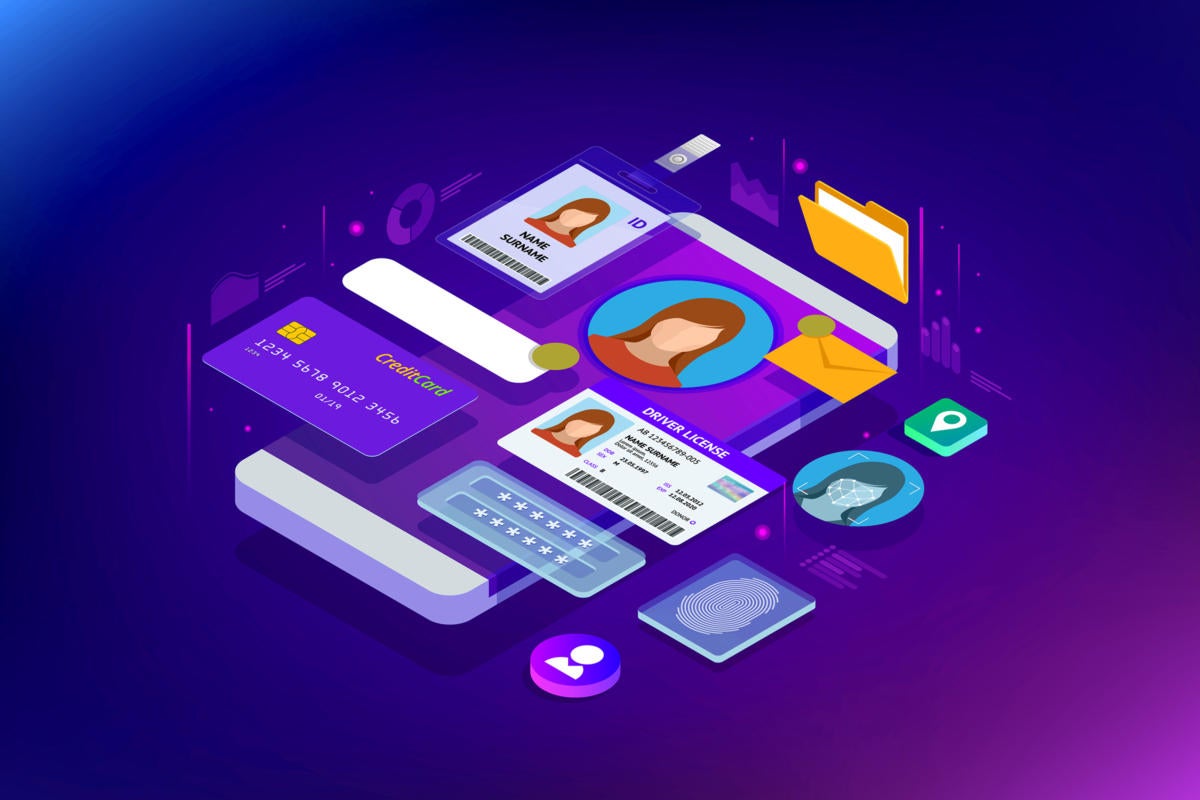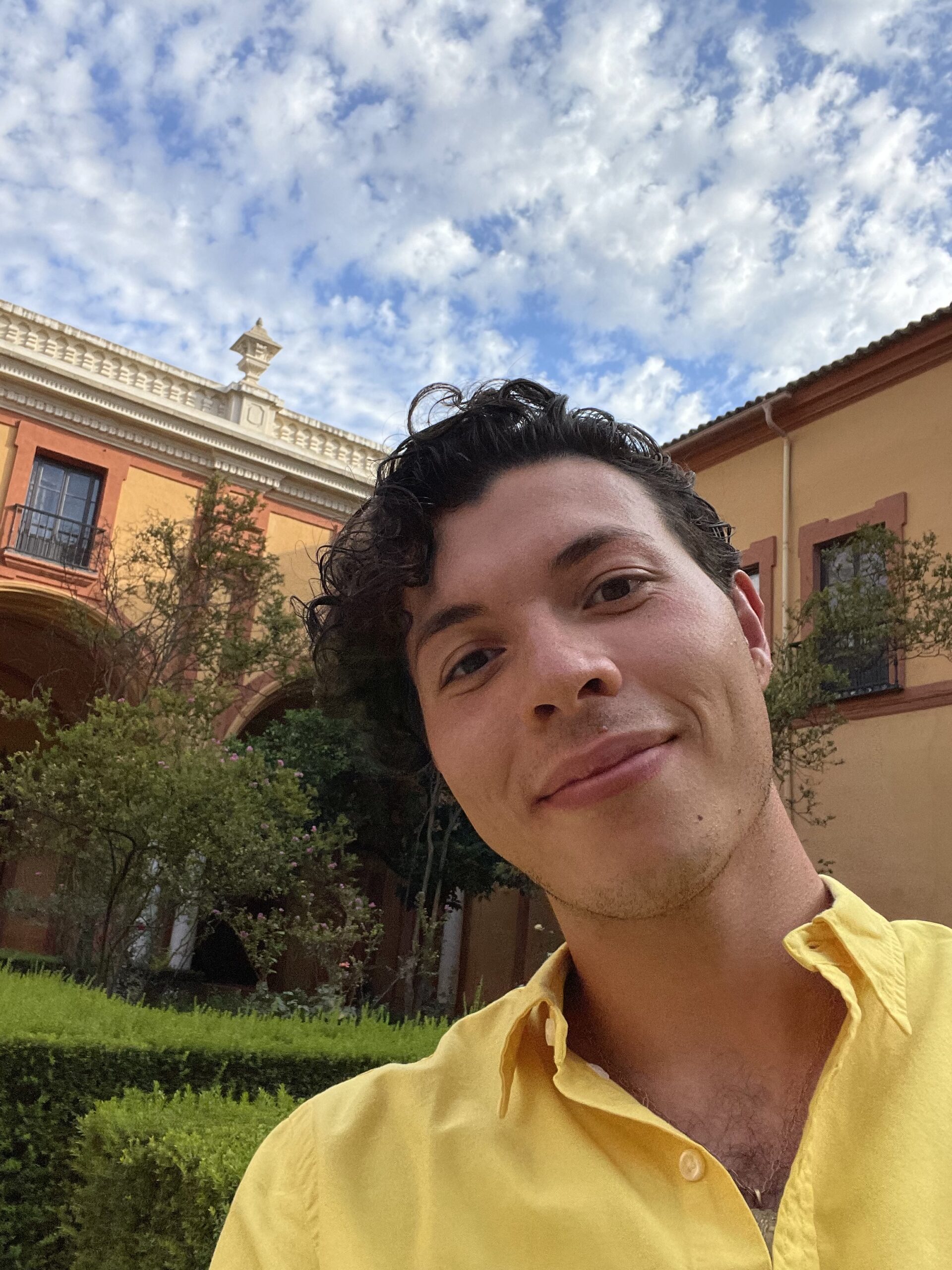Hello everyone,
I’m thrilled to share my final blog post for EDCI 338, and this week, I’ll be diving into the captivating concept of the “network society” and its intriguing alignment with my very own Personal Learning Network (PLN). Furthermore, I’ll be delving into the invaluable role my PLN is set to play in my professional development post-course, as well as its potential to usher in a wave of new and exciting professional opportunities.
The relentless pace at which information and communication technology (ICT) is advancing has undeniably ushered in the age of the network society. This modern landscape necessitates a shift from the conventional models we were accustomed to, urging us to embrace a more intricate understanding of the intricate interplay between economics, culture, and technology. A PLN, in its essence, is a manifestation of these very principles—a dynamic web of connections and interactions that extends its influence far beyond the confines of traditional learning.
As we’ve explored in our previous discussions, the significance of our PLN for professional development cannot be overstated. However, within the context of the network society, this significance takes on an even greater hue. The accessibility of personal computers and the expansive repository of knowledge available online underscore the imperative of capitalizing on this tremendous opportunity. Notably, Manuel Castells introduced the concept of mass self-communication back in 2007, and the contemporary landscape of interactive digital platforms eloquently echoes this notion. Our digital identities, the currency of the modern virtual realm, empower us to connect, communicate, and share with individuals and communities worldwide, breathing life into the essence of our PLN.
Drawing from my own experiences, I am deeply convinced that digital media will be the cornerstone of my future professional pursuits. Platforms like LinkedIn have transcended mere networking tools; they have become veritable conduits for global job opportunities. This transformative reach doesn’t just benefit job seekers; it empowers employers to source the perfect talent from every corner of the world. In a world defined by virtual connections, building and curating my PLN online has opened avenues to engage with organizations, professionals, and thought leaders across the globe, aligning beautifully with Van Dijk’s categories of motivation, physical presence, skills, and usage as delineated in 2006.
Importantly, the depth of our engagement with the digital realm corresponds directly to the opportunities it unfurls before us. Our internet literacy is intrinsically linked to the potency of our PLN in the Information Society/Knowledge Society paradigm. This evolution mirrors the changing landscape of the “network” concept itself, which has evolved far beyond its conventional moorings of community-based connections. Today, networks encompass an intricately woven tapestry of nodes, interconnected across dimensions that span cultural and social landscapes.
In summation, the network society is a canvas upon which our PLN paints a portrait of unparalleled significance. Through the conduits of digital tools, we can seize upon global opportunities while remaining grounded in our local realities. As we traverse our professional journeys, our PLN stands as an indomitable asset—a catalyst for growth, connection, and meaningful impact.
I extend my heartfelt gratitude for accompanying me on this journey through EDCI 338. As we navigate the expanses of our network society, I eagerly anticipate our continued connections and collaborations.
With warm regards,



Recent Comments